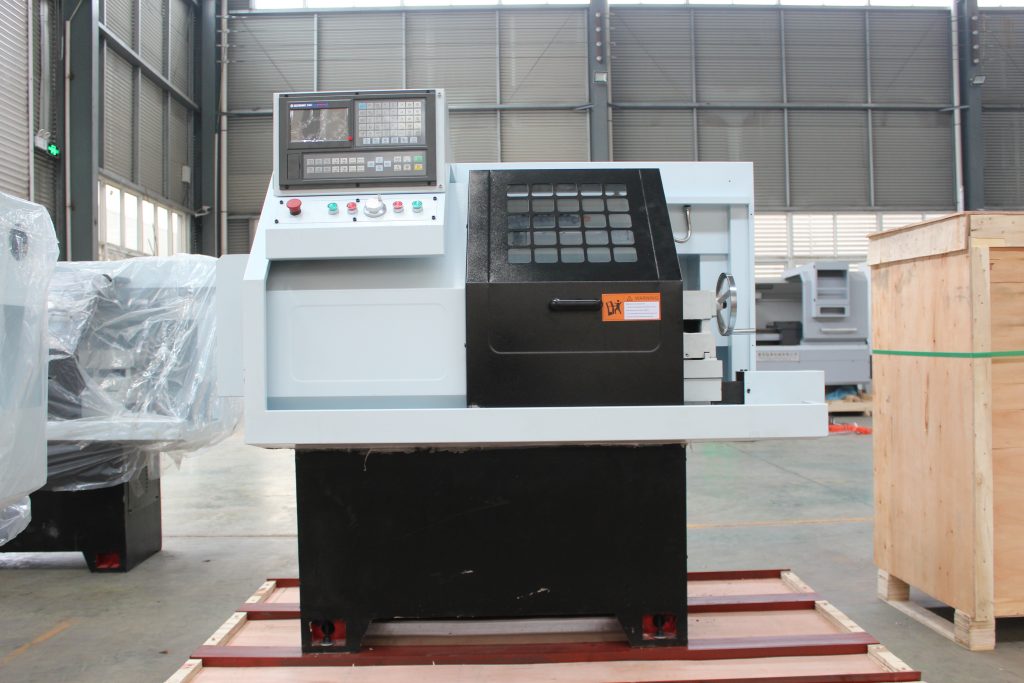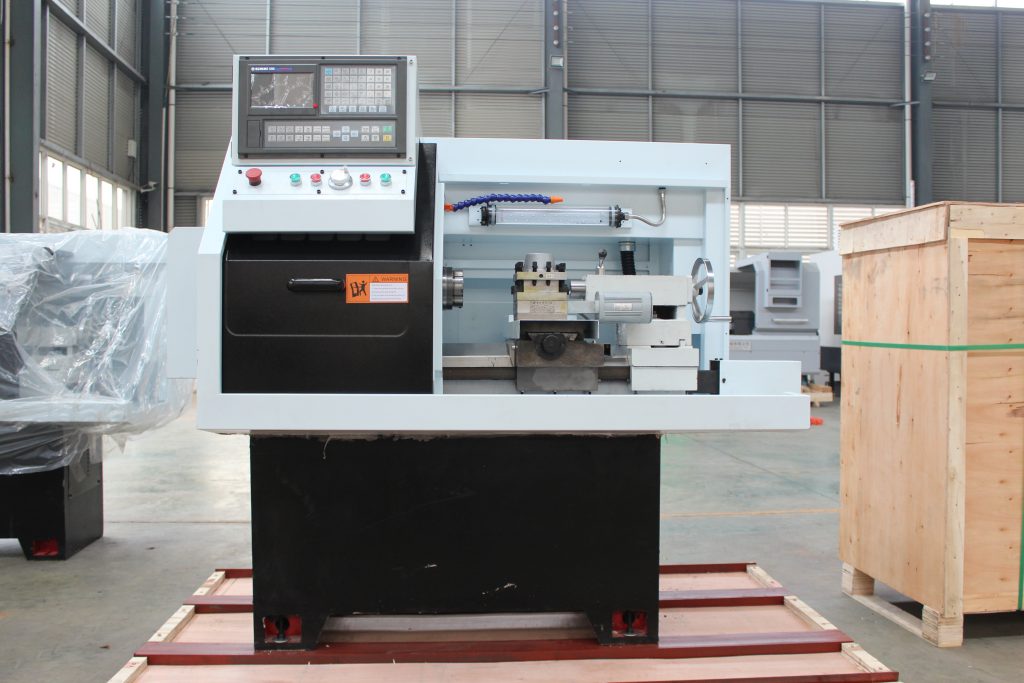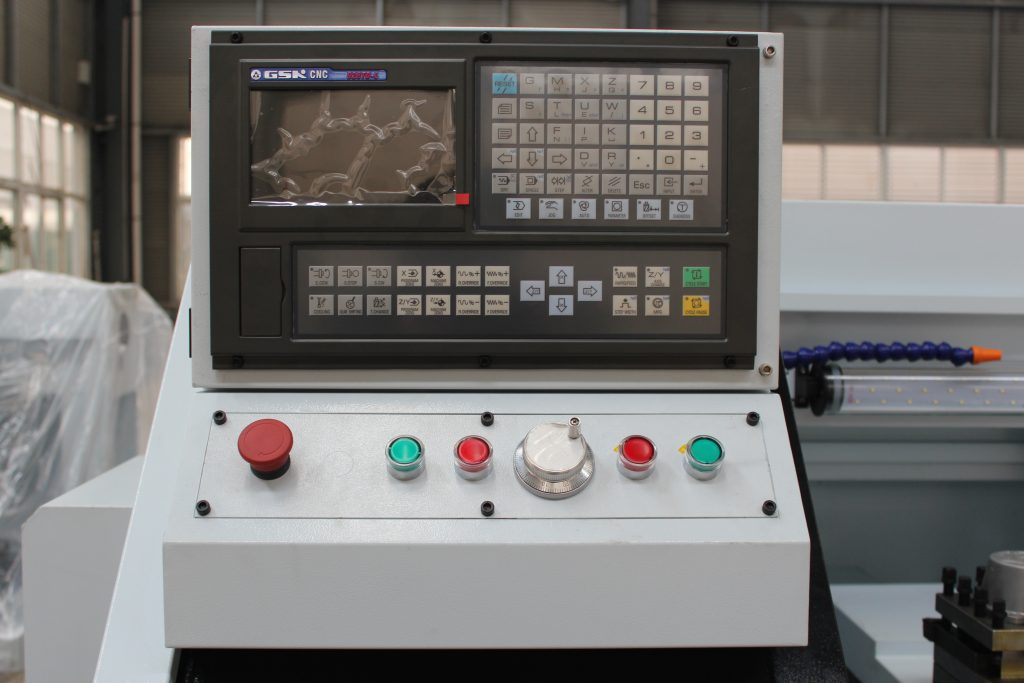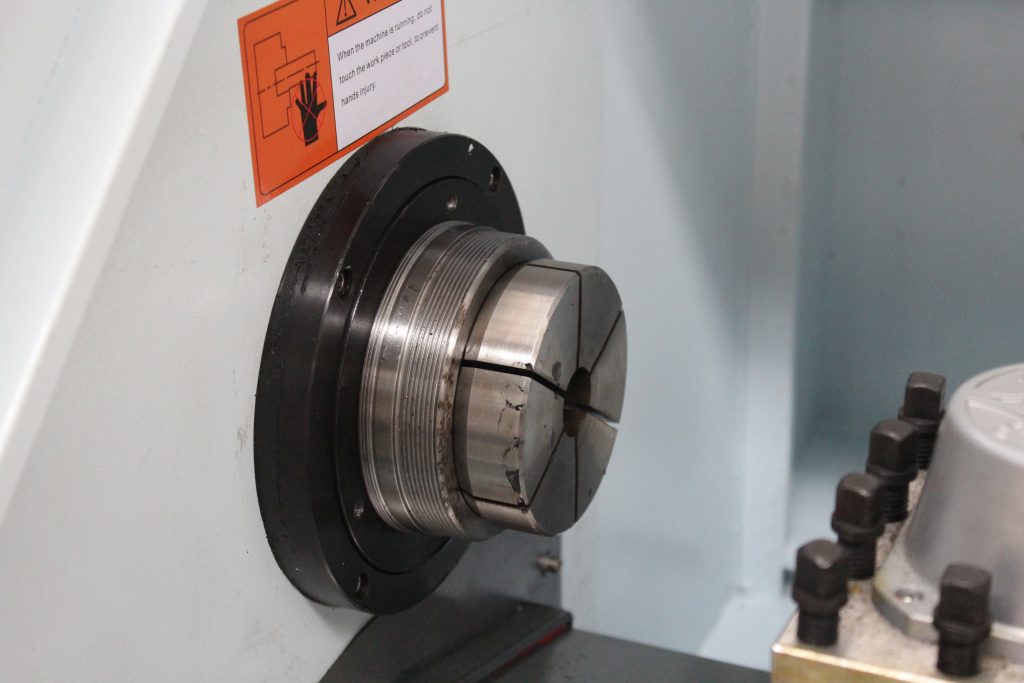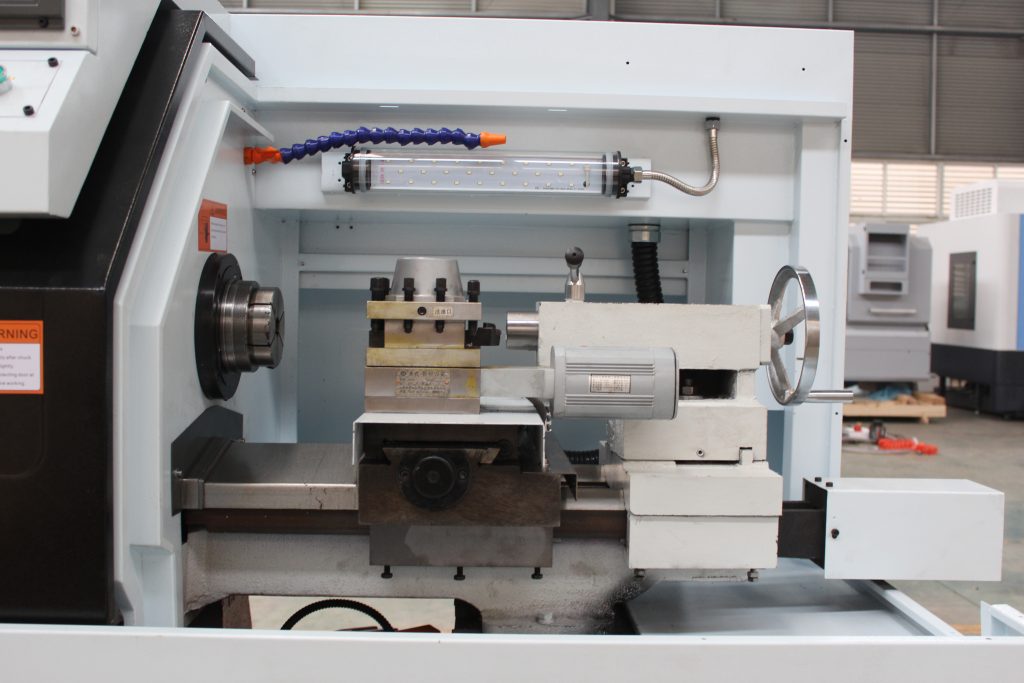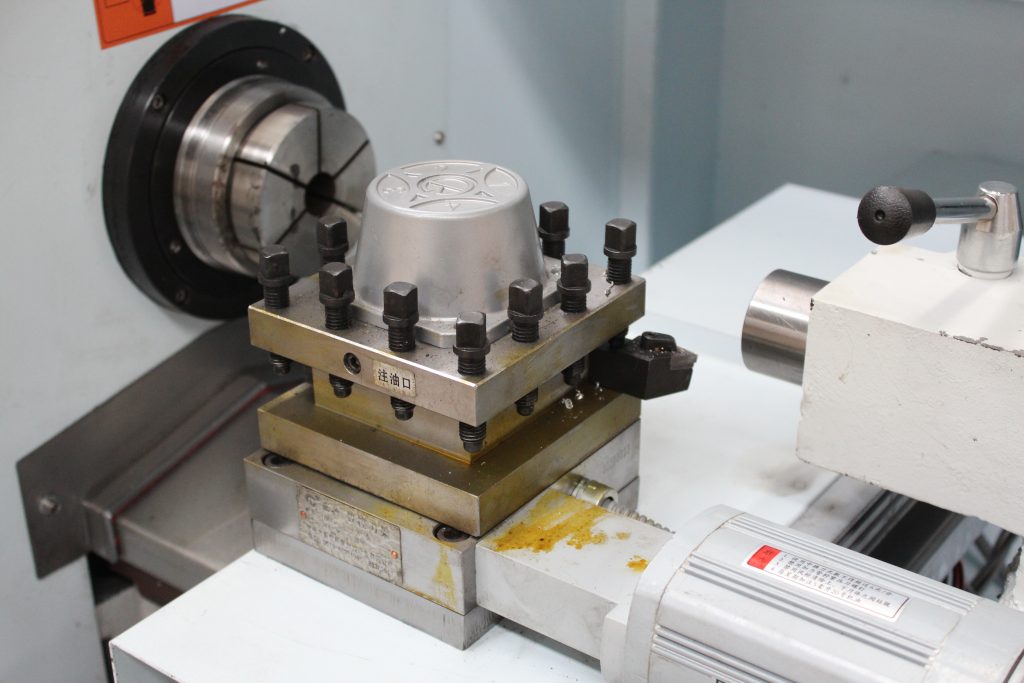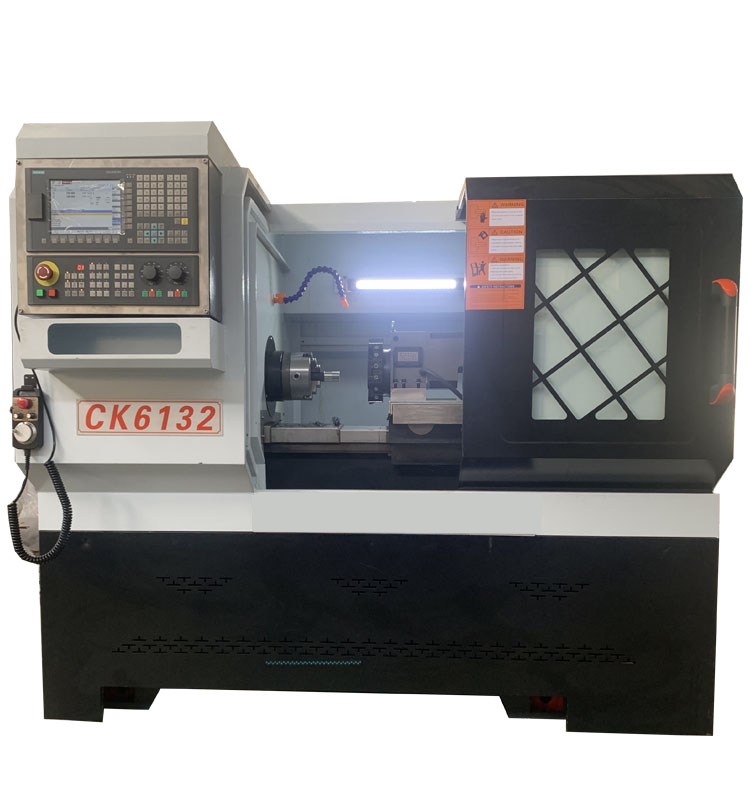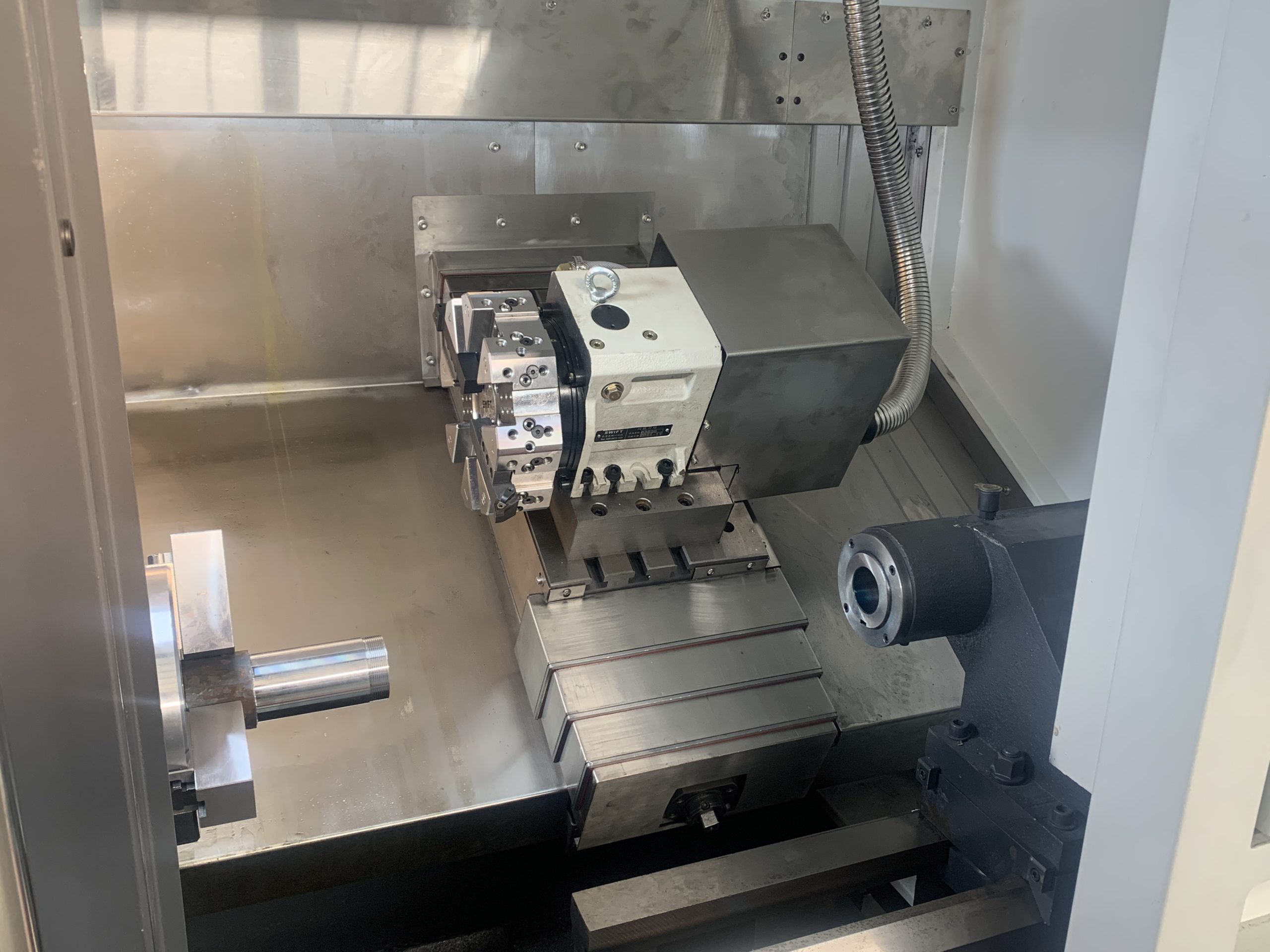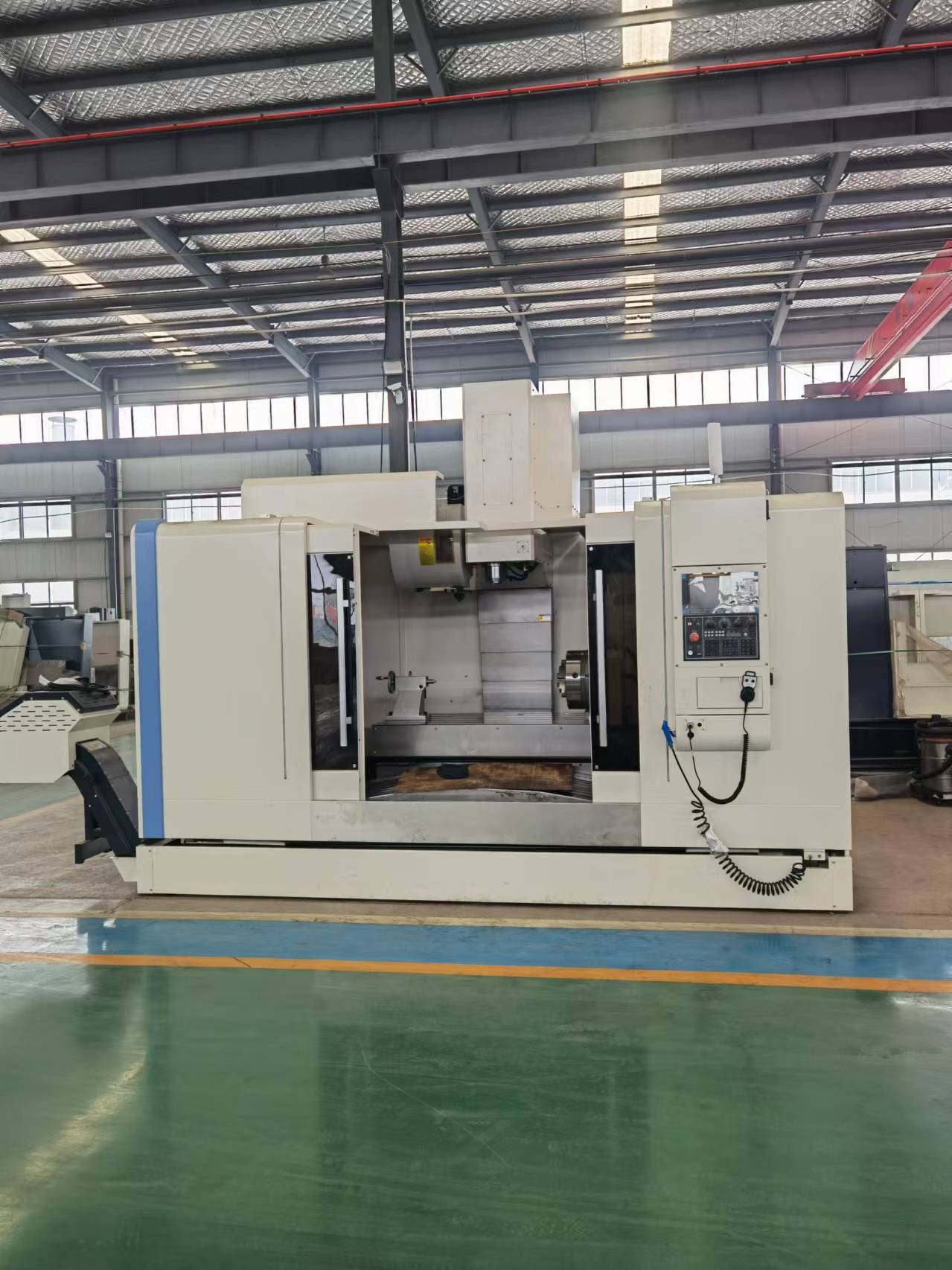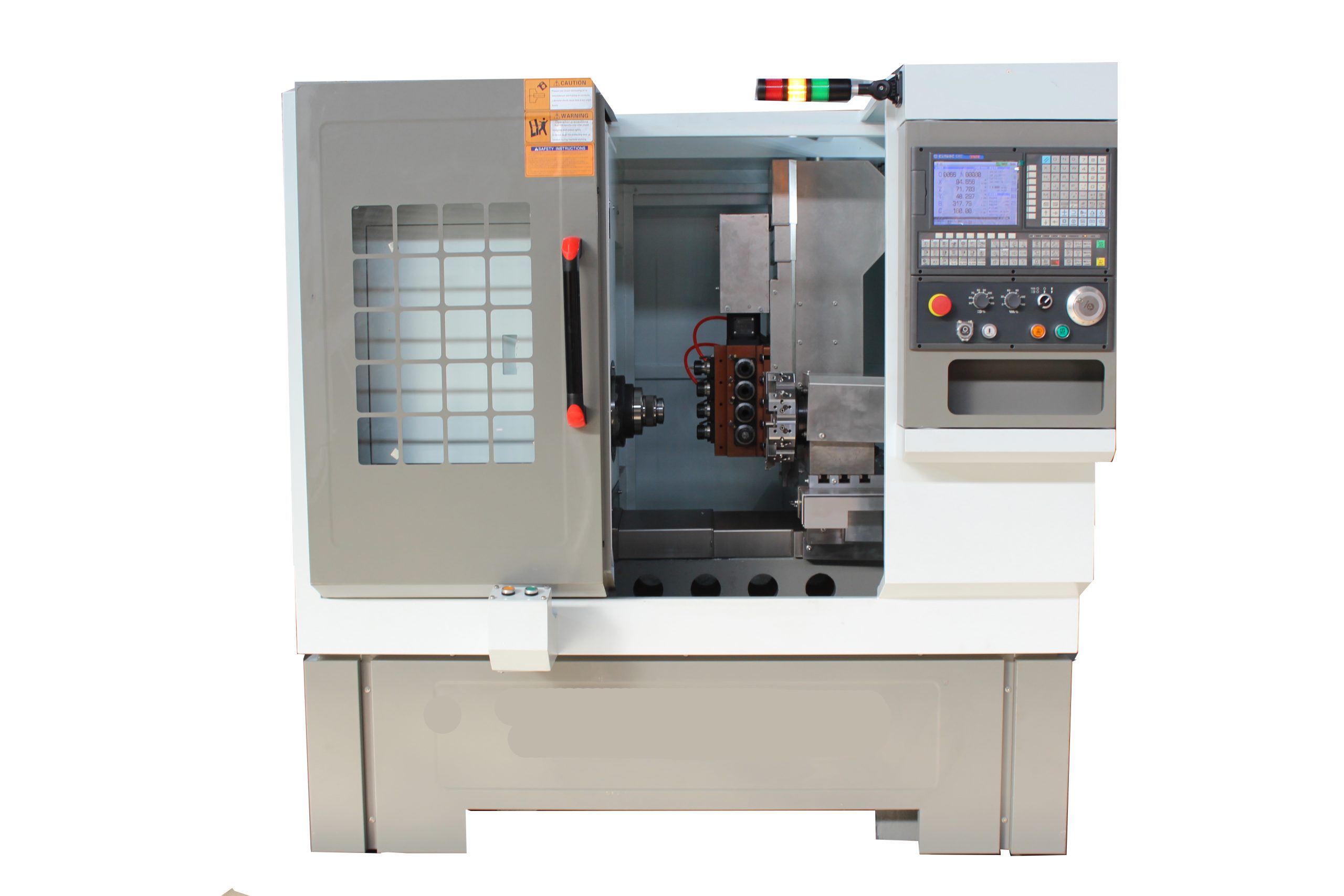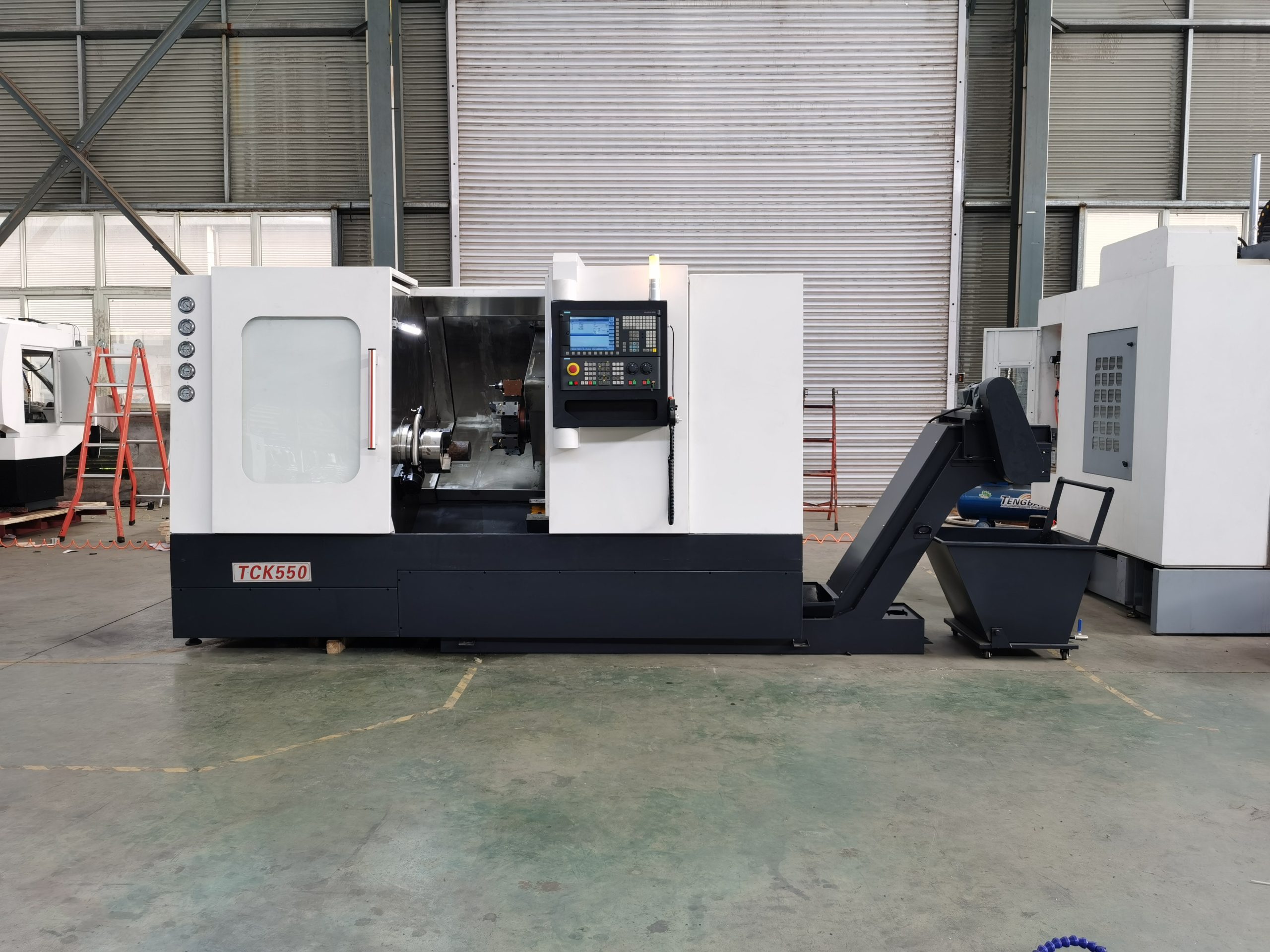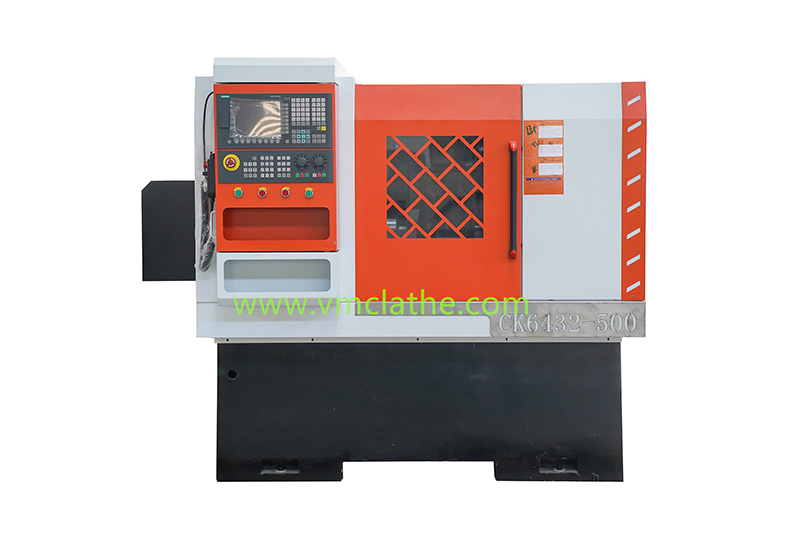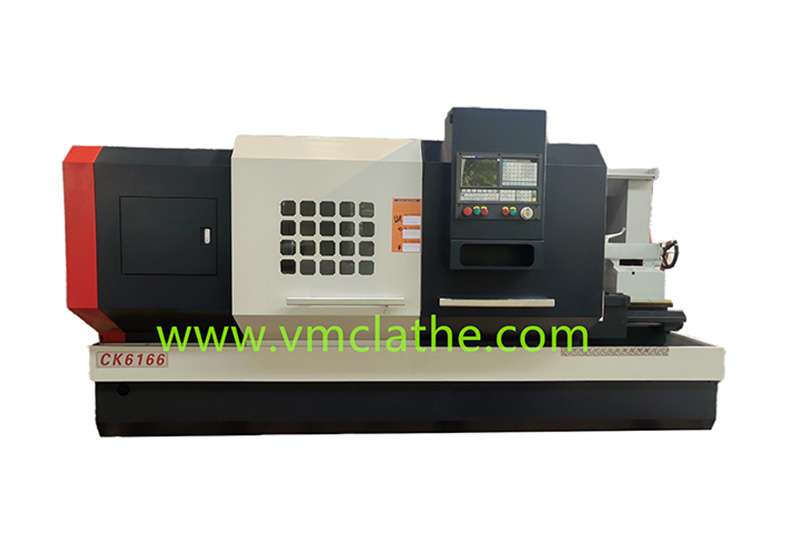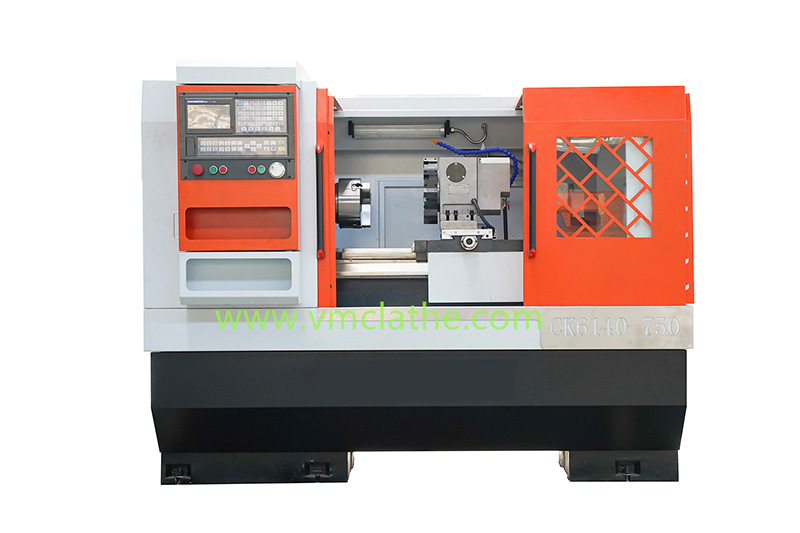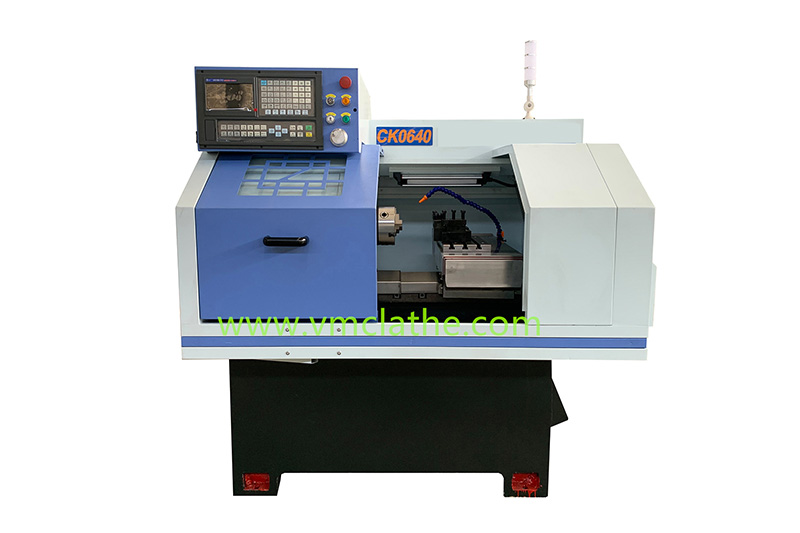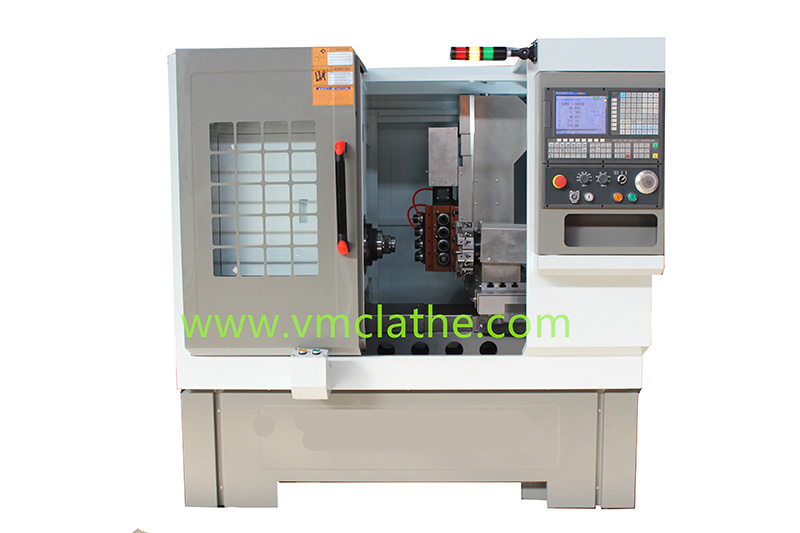Common problems in CNC lathe thread processing mainly include tool jamming, random threading, incorrect pitch, incorrect tooth profile, and high thread surface roughness. The following is a detailed analysis of these problems and the corresponding solutions:
1. Tool jamming problem
Main reasons:
1) The front angle of the turning tool is too large, and the gap between the X-axis screw of the machine tool is large.
2) The installation position of the turning tool is improper, too high or too low.
3) The workpiece is not clamped firmly and the rigidity is insufficient.
4) The turning tool is seriously worn.
5) The cutting amount (back cutting amount and cutting speed) is too large.
Solution:
1) Reduce the front angle of the turning tool, repair the machine tool and adjust the gap between the X-axis screws, and use the automatic compensation function of the screw gap of the CNC lathe to compensate.
2) Adjust the height of the turning tool so that its tip is at the same height as the axis of the workpiece. During rough turning and semi-finishing turning, the position of the tool tip can be about 1%D higher than the center of the workpiece (D is the diameter of the workpiece being processed).
3) Ensure that the workpiece is firmly clamped. The tailstock center can be used to increase the rigidity of the workpiece.
4) Grind the turning tool in time to maintain its sharpness.
5) Choose a reasonable cutting amount according to the lead and rigidity of the workpiece.
2. The problem of random buckling
Main reasons:
1) The synchronous transmission belt of the machine tool spindle encoder is worn, resulting in the failure to detect the true speed of the spindle.
2) The program compiled and input is incorrect, and the lead setting is inconsistent.
3) The X-axis or Y-axis lead screw is seriously worn.
Solution:
1) Repair the machine tool and replace the spindle synchronous belt.
2) Carefully check and correct the program to ensure that the lead of each program is consistent.
3) Repair the machine tool and replace the worn X-axis or Y-axis lead screw.
3. Incorrect pitch problem
Main reasons:
1) The spindle encoder transmits inaccurate data.
2) The X-axis or Y-axis lead screw and the spindle move too much.
3) The compiled and input program is incorrect.
Solution:
1) Repair the machine tool, replace the spindle encoder or synchronous transmission belt.
2) Adjust the spindle axial movement, use the system clearance automatic compensation function to compensate the X-axis or Y-axis lead screw clearance.
3) Check the program to ensure that the command lead in the program is consistent with the drawing requirements.
4. Incorrect tooth profile problem
Main reasons:
1) The tip of the turning tool is not sharpened correctly.
2) The installation position of the turning tool is incorrect.
3) The turning tool is seriously worn.
Solution:
1) Correctly sharpen and measure the tip angle of the turning tool, and use a standard mechanical clamping thread cutter or grinder to sharpen the thread cutter.
2) Use a template to align the tool or use a dial indicator to align the thread tool bar to ensure correct installation when installing the tool.
3) Reasonably select the cutting amount according to the actual situation of the turning process, and sharpen the turning tool in time.
5. The problem of large thread surface roughness
Main reasons:
1) The tip of the tool produces built-up edge.
2) The tool holder is not rigid enough, and vibration occurs during cutting.
3) The radial rake angle of the turning tool is too large.
4) When cutting threads at high speed, the cutting thickness is too small or the chip discharge direction is tilted.
5) The workpiece rigidity is poor and the cutting amount is too large.
6) The surface roughness of the turning tool is poor.
Solution:
1) Reduce the cutting speed and use appropriate cutting fluid when cutting with high-speed steel turning tools.
2) Increase the cross section of the tool holder and shorten its extension length to improve rigidity.
3) Reduce the radial rake angle of the turning tool to improve cutting conditions.
4) Ensure that the chip thickness is greater than 1mm when cutting threads at high speed, and ensure that the chips are discharged along the vertical axis.
5) Choose a reasonable cutting amount to avoid excessive deformation of the workpiece.
6) Ensure that the surface roughness of the tool cutting edge is 2-3 grades better than the surface roughness value of the part processing.
In summary, there are many problems encountered in CNC lathe thread processing, involving equipment, tools, operators and other aspects. When troubleshooting, it is necessary to analyze specific problems, use various detection and diagnosis methods to find out the influencing factors, and take corresponding solutions.

